

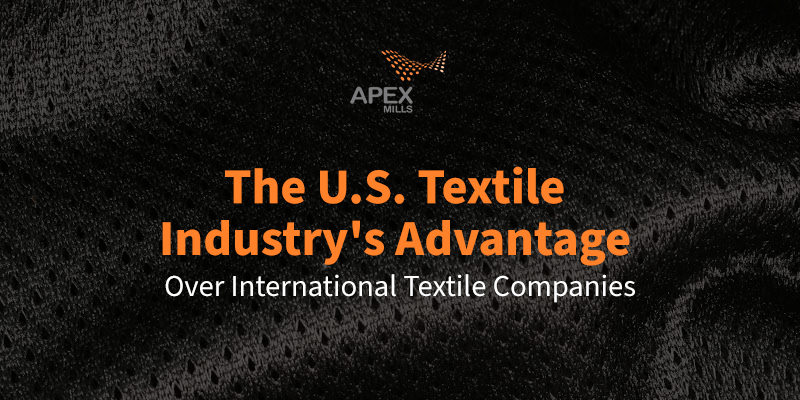
From clothes worn to roads driven and healing medical devices; textiles are an essential part of everyday life. The U.S. textile industry employed almost 530,000 workers, produced $64.4 billion in textiles and apparel, and exported $25.4 billion of textile-related products in 2020.
With countries like China and India offering lower wages and producing numerous products, the global market is fiercely competitive. But when considering the U.S. textile industry, wages aren’t the only aspect of building and maintaining a profit. Automation, energy costs, and taxes all factor into the bottom line, and finished products benefit from integrating high-quality materials, and world-class research and development. These are just some of the advantages American textile companies provide over their international competition.
Unsurprisingly, China tops the list of textile exporters, controlling 43.5% of the global market share at a value of $154 billion in 2020. Clothing, clothing accessories, textile yarns, and fabric trims were some of the top exports within this industry. Why does China dominate this category? Its success is largely due to China’s inexpensive and substantial labor force.
The European Union fills another 18.1% of the global market share, valued at $64 billion. Italy, Germany, and Spain were the top producers within the EU. Over 171,000 textile and clothing companies were EU-based in 2018. More than two-thirds — 70% — were clothing companies, and 30% were textile companies, with synthetic fiber companies making up less than 1%.
India’s exports were valued at $15 billion in 2020, with a significant amount from cotton production.

If a textile is 100% (or close to it) manufactured and processed within the United States, with either none or a negligible amount of foreign content, then it can be labeled Made in the U.S.A or American Made.
On the flip side, if the textile product is made entirely outside of the United States, then the label must state the specific name of the country where the manufacturing or processing occurs.
Finally, if a textile is made with imported yarn or other materials and then manufactured in the United States, then you can identify the country of origin as “Made in USA of imported fabric,” “Made in USA of imported dyed goods,” or “Made in USA of imported yarn.” The statement should appear in one, continuous sentence, meaning “Made in USA” and the “imported” are next to each other with no other words in between them. Generally, you are not required to identify the specific country of origin of the imported goods or parts, unless another agency besides the FTC requires you to do so.
The precise classification is important when it comes to sourcing textiles for the U.S. armed forces. To support American manufacturers, the Berry Amendment was created. The Berry Amendment restricts the DoD (Department of Defense) from purchasing “food, clothing, fabrics, fibers, yarns, other made-up textiles, and hand or measuring tools that are not grown, reprocessed, reused, or produced in the United States.” Originally passed during WWII, it was made permanent in 1994 and codified in 2002.
Through the years many extensions and exemptions have been added to the amendment, however, at its core, the Berry Amendment supports American manufacturers and enables them to fulfill the military’s needs from domestic sources. Doubling down on this initiative, the Biden-Harris administration passed the Buy American Rule, ensuring the future of America is made in America by all of America’s workers.
For more information on the Berry Amendment, read our blog, How the Berry Amendment Supports American Manufacturing.
Textile production in America has seen a bumpy past, but there are many reasons to buy American. Historically, the industry was robust, but declined along with the increase in globalization. Recent developments have begun to invigorate the industry, bringing more jobs and growth to American-made production. Both foreign and domestically owned companies have created investment opportunities in the U.S. through new manufacturing operations or increases in existing capacity. Multiple factors give U.S. textile companies the edge.
Energy costs are a significant advantage that the U.S. has over many other countries in the industry. Some southeastern states, where many textile companies are located, may even have lower industrial rates than the national average. The U.S. International Trade Commission reports that, in 2016, the cost of electricity needed to manufacture one kilogram of rotor yarn was $0.08 in the U.S. China, South Korea, and India saw costs of $0.17, $0.14, and $0.13, respectively.
Municipal incentives are powerful reasons for many manufacturers to start or expand their business in the U.S. Several southeastern states like South Carolina, North Carolina, Virginia, Georgia, and Arkansas have offered incentives like tax credits, training assistance, and help with infrastructure development. These can be of particular interest to foreign firms looking to develop business operations in America.
Companies that promote positive work practices like job creation and trade increases may be eligible for tax credits. Some companies receive grants contingent on their ability to meet specific goals, such as a certain number of jobs and investments. Another type of assistance includes workforce initiatives, such as the one offered through North Carolina’s NC Works program, launched to connect businesses with the qualified talent they need, and North Carolinians with potential employers.
Another benefit of buying American textiles is quality. When mills manufacture fabrics in the US, they have complete control of every aspect of the construction, from the design blueprint to the final stitch. When there’s a problem in manufacturing the specified product, the designers, engineers, and manufacturers can meet face-to-face to solve it. At every step of production, the company knows how the product is built: what materials and methods are used, what working conditions the workers face, and how much detail each specific aspect of production is given.
In the past, consumers have been inundated with textile imports, however, there is an expected resurgence within the next few years for high-quality manufactured products made in the U.S.
This comeback may be because many people want to see more American-made products and often associate such a label with higher-quality, stricter safety standards, and local economy support. In one survey, 70% of people said they prefer products made in the U.S., and 83% said they would be willing to pay more for products made domestically.
Heightened demand for U.S. made products may also be attributed to today’s supply chain challenges as well as the shipping and logistical delays we’ve seen as a result of the global pandemic.
Innovation in the U.S. strengthens America’s position as a market leader. The United States consistently researches and develops new materials, technologies, and manufacturing methods across various points in the process. From fibers to finished goods, the U.S. works to generate unique and innovative technology at every step, identifying market needs and using fabric to fill them.
It’s possible to make fibers more effective for advanced applications that can be found in the military or medical fields. Successful developments include nanofiber and nano-coating methods, sustainable yarn development, and improved finishing chemistries. Nanotechnologies can improve filtration and create lighter-weight materials, much sought by the military and automotive sectors.
Another type of functional fabric features electronic capabilities that integrate technology like LEDs and circuitry. In their own version of artificial intelligence, some materials can sense specific changes and respond to them accordingly. Imagine shirts that can take health readings more advanced than those of a fitness tracker. Apex Mills works closely with the Advanced Functional Fabrics of America, an organization that supports the development of smart fabrics such as these and paves the way for the accelerated growth and advancement of the U.S. textile industry.
An environmental advantage to manufacturing in the U.S. is the reduced carbon emissions associated with transportation. Textiles made in the U.S. that are used in products that are also made in the U.S. travel a shorter distance, thereby reducing the fuel (and accompanying emissions) needed to move the item from manufacturer to store shelf. Generally speaking, local items are environmentally preferable, even if “local” refers to the continental U.S., as opposed to China or India.
Less obvious are the environmental protections captured (or lost) through different countries’ regulations. Countries that have attracted manufacturing operations tend to have fewer or less stringent government regulations compared to the U.S. For example, a U.S. factory will comply with emission standards defined by the Clean Air Act, while a foreign factory may have no such standards, less strict standards, or poor enforcement of existing standards.
These agreements provide duty-free trade between the U.S. and many partner countries, including:
The free trade agreements also improve intellectual property regulations, ease investment rules, eliminate or reduce tariff rates and open government procurement opportunities. U.S. exports to these partners totaled $2.8 trillion in 2020. Most FTAs follow a yarn-forward rule, which states that all yarn used to make the fabric and apparel must originate from a partner country. This rule allows the U.S. to trade more fluidly with these countries and encourages the expansion and support of U.S. based textile manufacturing.
Machinery helps the American market stay competitive. To combat higher labor costs and increase efficiency, many manufacturers invest in new equipment for labor-intensive processes such as quality control, materials handling, and packaging. Processing becomes much faster and more precise. For fabric inspections, a machine can check for quality and take note of any items that don’t meet standards. Automation helps the industry minimize the costs of labor.
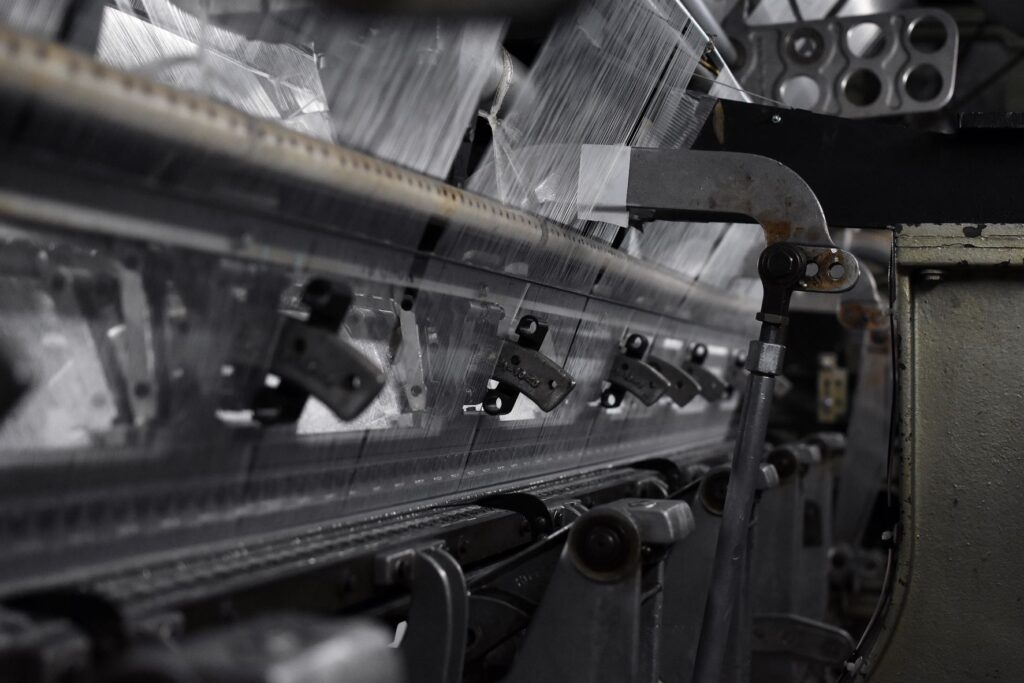
With advanced technology, companies can also offer more services to their customers without needing to constantly hire and train new workers. Digitalization offers unique, personalized solutions for customers looking for specific fabrics, shapes, or prints. With virtual reality technology, customers can even view what they would look like in garments before purchasing them, and designers can use digital printing. These advancements help shift the evolution of the industry that sets trends and keeps businesses competitive.
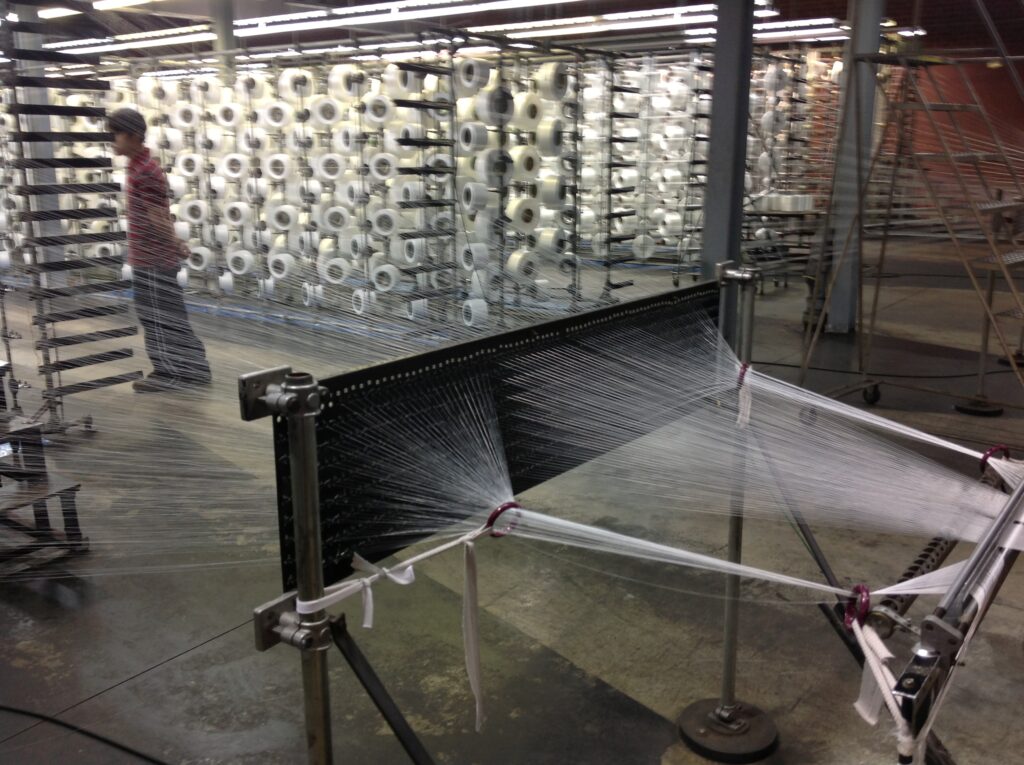
Diversification is a popular growth strategy for American companies – accelerating competitiveness by adding new products and capabilities and entering new markets. For instance, some manufacturers might offer complementary products, while others develop new types of products or expand capabilities to provide vertical services, taking a product from start to finish. Innovative trends such as 3D printing and fibers that can adapt to changes in climate are transforming the industry and providing much-needed job opportunities for many people. Experts project that by 2025, the fashion apparel subsector will reach a value of $400 billion.
These diverse products, materials and fabrics involve manufacturers, contractors, brands, retailers, importers, and wholesalers across the U.S. In addition, sustainable fashion has become one of the most significant parts of reducing pollution and greenhouse gases worldwide.
The textile industry alone accounts for 10% of all greenhouse gas emissions and 20% of global wastewater. Keeping the manufacturing, distribution, sale and disposal process within the U.S. can make it easier to control clothing consumption. Implementing circular economy processes for recycling and reusing textiles can help companies prioritize climate-friendly materials.
Domestically sourced textiles boost the American economy and can provide a better product. Higher-quality materials and access to a high-tech, innovative industry can bring new benefits to a product. Reduced energy costs, tax incentives and duty-free trade combine to increase the bottom line.
Apex Mills offers fast, industry-leading solutions to enhance your product. We specialize in performance-based solid knit, mesh/netting, and 3D spacer textile solutions. An ever-growing variety of industries rely on us to create the right fabrics for their applications, including federal and state agencies, health care, manufacturing, construction, automotive, and aerospace sectors. Whether you need a material that can stand up to flames, inhibit bacterial growth, reduce wear and tear, or promote another functional performance, Apex Mills can find the solution.
Application-driven design is our method of choice, which means that we focus on addressing every project’s individual demand and design with the user in mind. We have in-person collaboration to ensure reliable communication, on-site development, and a product which meets or exceeds expectations.
Our proud U.S.-based textile company dates back to 1943. With our headquarters on Long Island, and production facilities in North Carolina, we create American jobs and high-quality results. If you need U.S. made textiles and are looking for a reliable textile factory in America, partner with Apex Mills today. Our quick, application-driven results are sure to make you glad you did.
Sources:

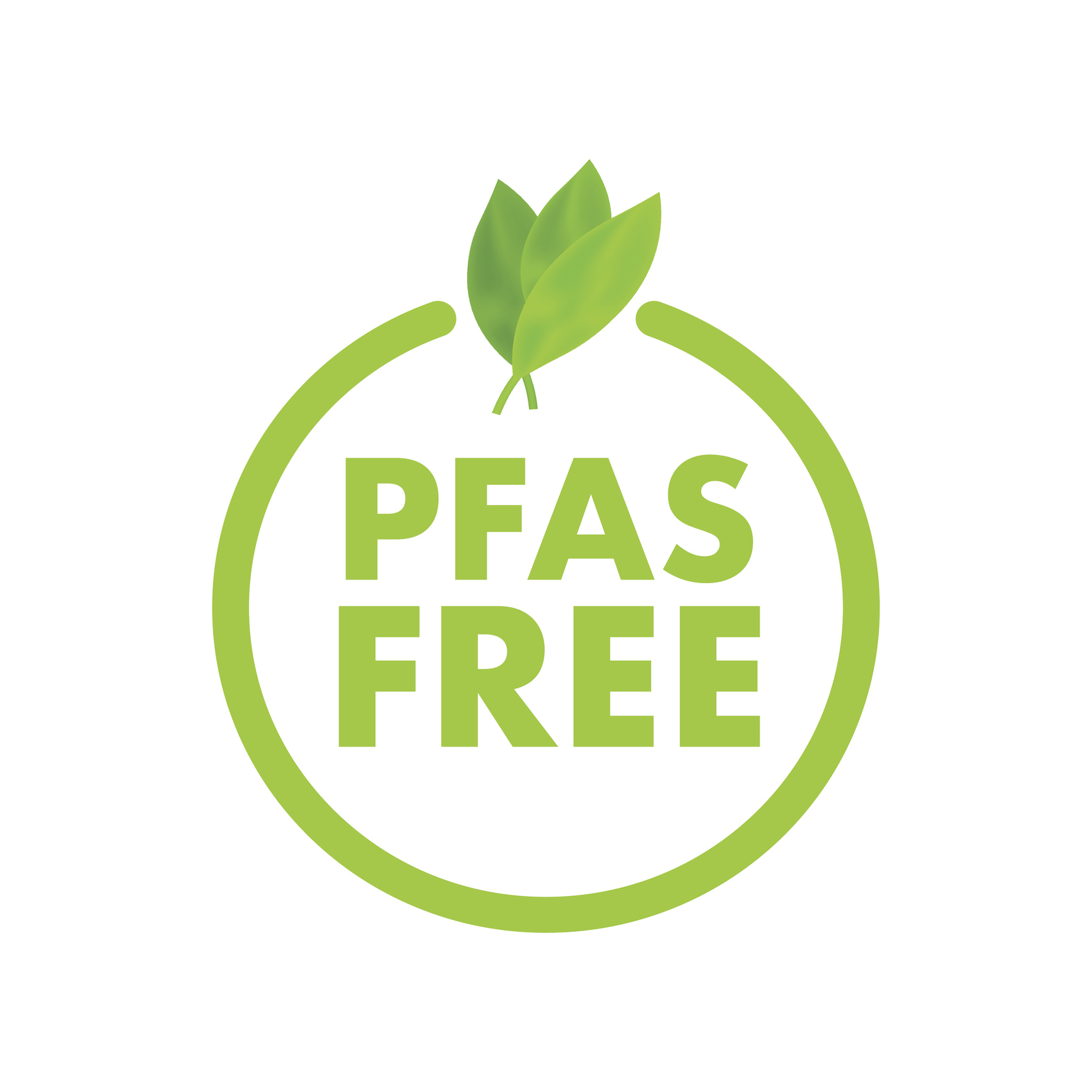
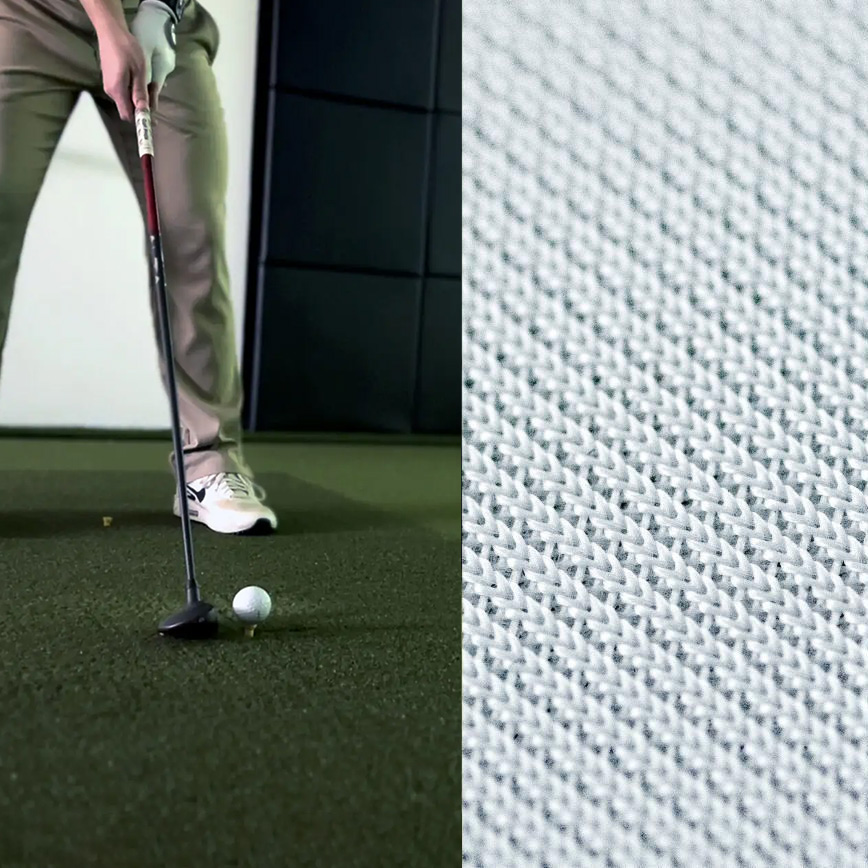

Reach your most challenging
textile goals with confidence.